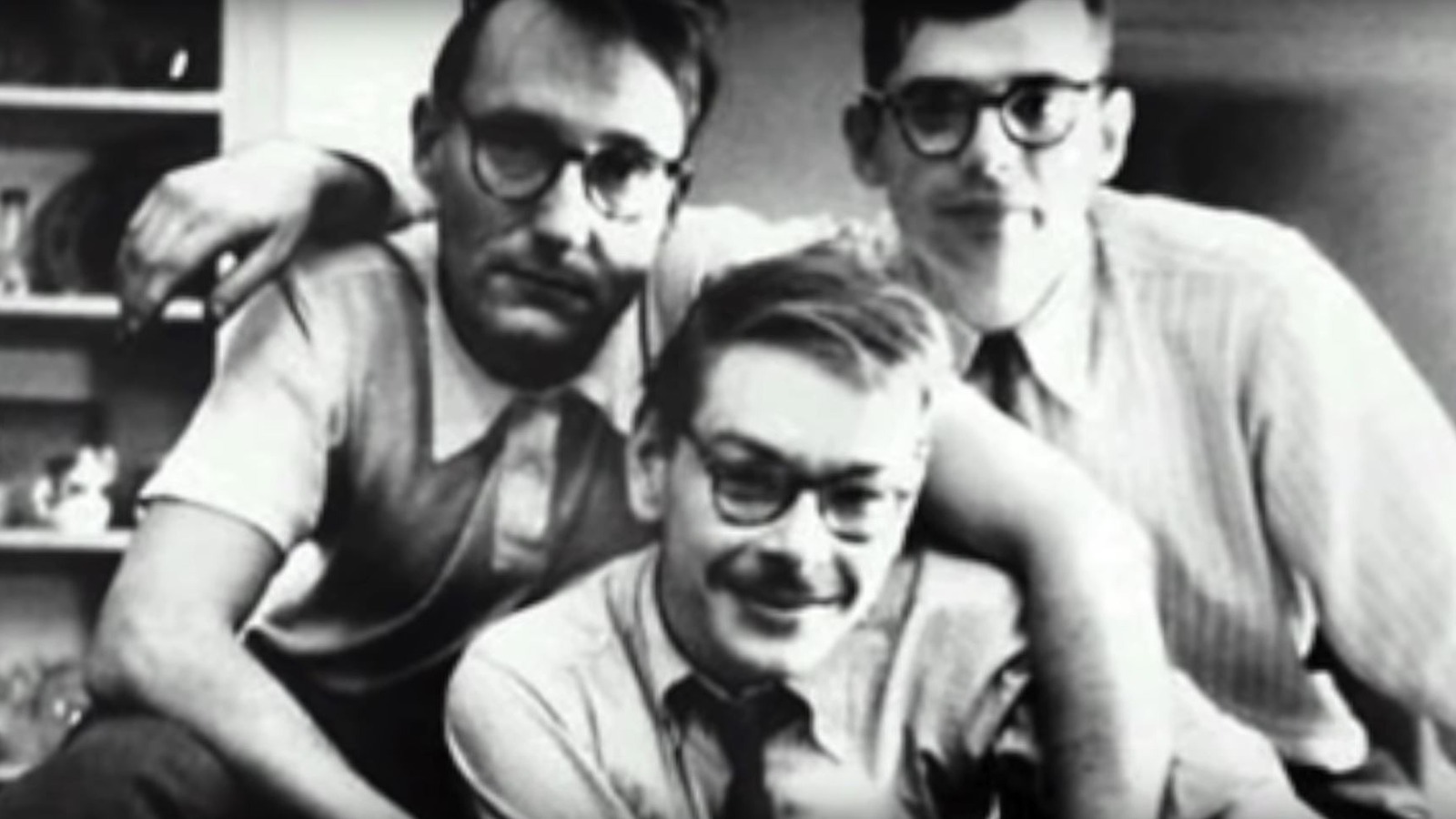
The Beat Generation, its art, ideology, and subsequent influence, owe itself to the post-World War II shock and ennui that gripped the world at large in the 1940s and ’50s. At the same time as Baby Boomers were being reared with ultra-conservative, traditional notions of family structures, love, work, etc., the Beats rose as a young, countercultural juggernaut.
A generation prior, the dehumanizing, mechanized horrors of World War I — machine guns, gas warfare, and human fodder by the millions — had yielded Modernist literature: books with the pared-down realism of folks like Ernest Hemingway. This kind of work and its language tried to portray life as merely life, full of tooth-brushing, interior character conflicts, and the kind of discarded romanticism engendered by the war (as History outlines).
READ RELATED: Florida woman charged with hate crime after being filmed in NYC pepper-spraying four Asian women
The Beats, similarly, were the by-product of World War II, and turned to a “live life my way and honestly” outlook, and spontaneous, ultra-creative literary work. As The Beat Museum describes, the Beats didn’t fight the emptiness of life or question what might be done tomorrow — they turned their attention to squeezing the most out of the here and now. “On the Road,” as the drug-fueled poet and Beat mentor William S. Burroughs describes, “sold a trillion Levis and a million espresso machines, and also sent countless kids on the road. The alienation, the restlessness, the dissatisfaction were already there waiting” (quoted from Goodreads). Such restlessness, drive, and passion, though, could easily turn destructive.
Source:





